Nature never ceases to amaze us with its incredible diversity and evolutionary marvels. Just when scientists believe they’ve cataloged and understood the majority of Earth’s species, new discoveries or overlooked creatures emerge to challenge our understanding of biology. From microscopic organisms with extraordinary abilities to larger animals with behaviors that defy conventional understanding, our planet houses countless fascinating creatures that can surprise even the most seasoned biologists. This article explores sixteen remarkable creatures whose unique characteristics, abilities, or behaviors continue to astound researchers and wildlife experts around the world.
14. The Immortal Jellyfish (Turritopsis dohrnii)

Perhaps one of the most astonishing creatures on Earth, the Turritopsis dohrnii jellyfish has earned its nickname “the immortal jellyfish” through an extraordinary biological process. Unlike virtually every other multicellular organism, this tiny, bell-shaped jellyfish can revert to its juvenile polyp stage after reaching sexual maturity through a process called transdifferentiation. This remarkable ability allows it to essentially reset its life cycle when faced with environmental stress or physical damage, theoretically giving it biological immortality. Scientists studying this creature hope to unlock insights into cellular regeneration and possibly even human aging processes. While technically not immortal in the wild due to predation and disease, its cellular rejuvenation capabilities represent one of the most surprising biological mechanisms discovered and continue to challenge our understanding of life cycles.
13. The Mantis Shrimp’s Supersonic Punch

The peacock mantis shrimp (Odontodactylus scyllarus) possesses what might be the most powerful pound-for-pound punch in the animal kingdom. These colorful crustaceans can accelerate their specialized club-like appendages at speeds of up to 23 meters per second—so fast that the rapid movement creates cavitation bubbles in the water. When these bubbles collapse, they produce an additional force that can reach temperatures nearly as hot as the sun’s surface and emit tiny flashes of light in a phenomenon called sonoluminescence. The impact force can exceed 1,500 newtons, enough to break aquarium glass and easily crack crab shells. What makes this even more remarkable is that the mantis shrimp’s muscular system shouldn’t be capable of generating such force—scientists discovered they use a specialized spring-loaded mechanism that stores energy before explosive release. The biomechanical principles behind this strike have inspired engineers developing advanced materials and mechanical systems.
12. Tardigrades Earth’s Ultimate Survivors
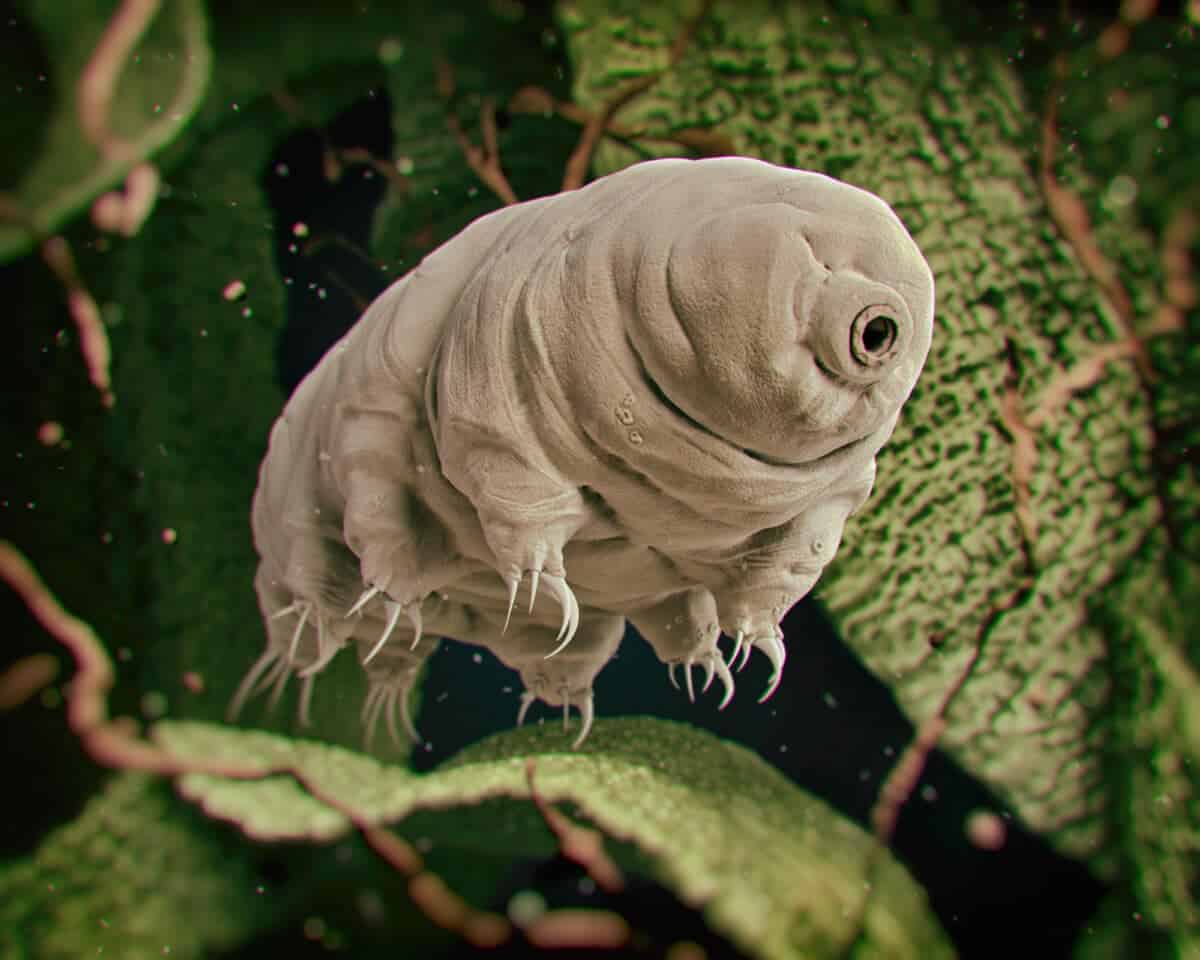
Tardigrades, commonly known as water bears or moss piglets, are microscopic eight-legged animals that have repeatedly surprised researchers with their extraordinary survival capabilities. These tiny creatures (typically 0.5mm long) can withstand conditions that would be lethal to almost any other life form on Earth. They can survive temperatures from near absolute zero (-272°C) to well above boiling (150°C), pressures six times greater than those in the deepest ocean trenches, radiation levels thousands of times higher than what would kill a human, and the vacuum of outer space. Perhaps most impressively, tardigrades can enter a state called cryptobiosis where they expel almost all water from their bodies and reduce their metabolic activity to 0.01% of normal, essentially suspending their life processes. In this dehydrated state, called a “tun,” they can remain viable for decades and possibly even centuries. Recent research has identified unique proteins in tardigrades (Dsup proteins) that protect their DNA from radiation damage, presenting potential applications in radiation protection for humans.
11. The Bizarre Reproductive Strategy of Surinam Toads
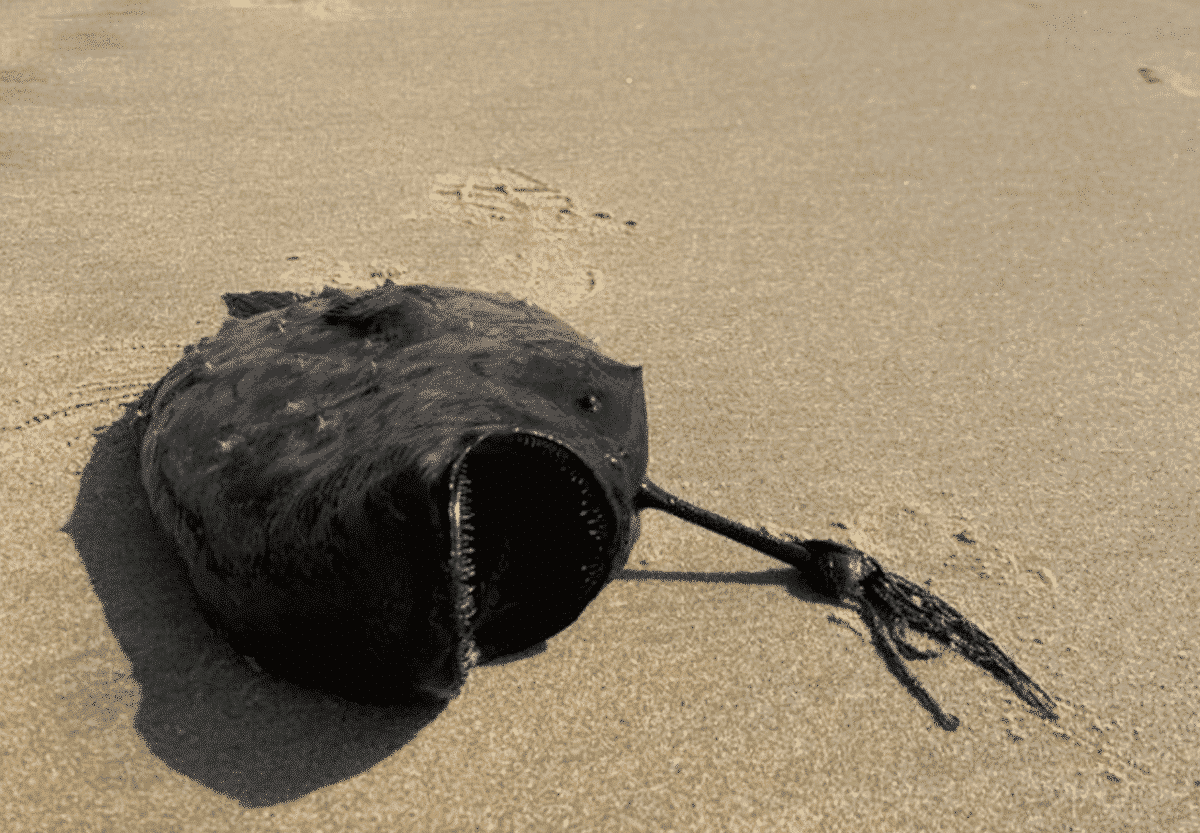
The Surinam toad (Pipa pipa) employs one of the most unusual and visually striking reproductive strategies in the animal kingdom. After the female releases eggs, the male fertilizes them and then embeds them into the spongy skin on the female’s back. The skin grows over the eggs, creating individual pockets or chambers for each developing embryo. For several months, the female carries her developing offspring in these honeycomb-like chambers where they undergo complete metamorphosis—developing from eggs to tadpoles to fully formed toadlets while still encased in their mother’s skin. When development is complete, the fully formed baby toads emerge from their mother’s back in a scene so unusual it appears almost alien. This remarkable adaptation provides protection for the developing young, but continues to raise questions about its evolutionary development and the physiological mechanisms that prevent the mother’s immune system from rejecting these embedded embryos. Research into this process has potential implications for understanding tissue integration and immune tolerance.
10. The Mimic Octopus’s Unparalleled Disguise Skills

First discovered in 1998 off the coast of Indonesia, the mimic octopus (Thaumoctopus mimicus) demonstrates intelligence and adaptive capabilities that continue to stun marine biologists. Unlike other octopuses that change color for camouflage, the mimic octopus takes disguise to an unprecedented level by actually impersonating other marine species. It can transform its body shape, color, and movement patterns to mimic at least 15 different marine species including sea snakes, lionfish, flatfish, and mantis shrimp—many of which are venomous or dangerous predators. What makes this behavior particularly remarkable is that the octopus appears to select its disguise strategically based on perceived threats, suggesting a level of situational awareness and decision-making previously unrecognized in cephalopods. For instance, when threatened by damselfish, it often mimics sea snakes, a known predator of damselfish. This species challenges our understanding of animal cognition and continues to be studied for insights into intelligence and adaptive behaviors in invertebrates.
9. The Sea Cucumber’s Defensive Evisceration

Sea cucumbers employ what might be the most dramatic defensive mechanism in the animal kingdom through a process called evisceration. When threatened, certain species of sea cucumbers can expel their internal organs—including parts of their respiratory system, digestive tract, and reproductive organs—through their anus or a rupture in their body wall. This shocking defense serves multiple purposes: the expelled organs can entangle predators, and some species even expel specialized sticky tubules called Cuvierian tubules that can expand in seawater and entangle threats. What makes this even more remarkable is that sea cucumbers can completely regenerate their expelled organs within a few weeks. Scientists studying this extreme regenerative capability have identified unique cellular mechanisms and regenerative pathways that differ from other regenerating animals. Some species of sea cucumbers also contain compounds called holothurins—powerful toxins that make the expelled organs particularly unpalatable to predators. Research into these compounds has revealed potential medical applications, including antimicrobial, antitumor, and anti-inflammatory properties.
8. The Bombardier Beetle’s Chemical Explosion

The bombardier beetle has evolved one of the most sophisticated chemical defense mechanisms in nature—a controlled explosion inside its own body. When threatened, this beetle mixes hydrogen peroxide and hydroquinones from separate chambers in its abdomen, along with catalytic enzymes that trigger a violent exothermic reaction. The resulting chemical reaction produces benzoquinones and creates enough heat to bring the mixture to the boiling point. Under pressure, this scalding, irritating chemical spray is expelled with an audible pop through a specialized nozzle at the beetle’s rear end, which can precisely aim the spray in virtually any direction. The beetle can fire multiple defensive blasts in rapid succession, each at temperatures reaching 100°C (212°F). What continues to amaze researchers is how the beetle’s internal chambers withstand these explosive reactions without damaging its own tissues. Recent high-speed photography and X-ray imaging have revealed sophisticated valve systems and reinforced chamber walls that protect the beetle from its own chemical warfare. Engineers have studied this mechanism to develop applications ranging from automotive fuel-injection systems to pharmaceutical delivery methods.
7. The Glass Frog’s Transparent Skin
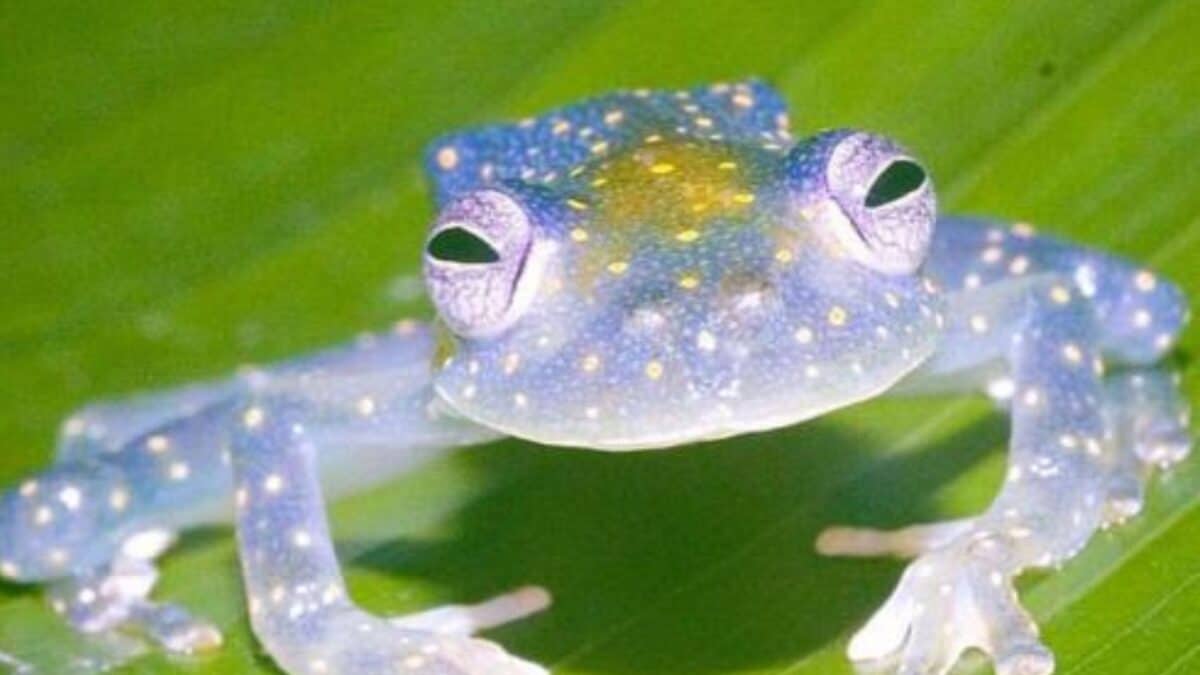
Glass frogs (family Centrolenidae) native to South and Central American rainforests possess a remarkable feature that continues to intrigue herpetologists and physiologists alike—transparent skin on their underside that renders their internal organs fully visible. Through this translucent ventral skin, observers can clearly see the frog’s beating heart, liver, gastrointestinal tract, and in females, even developing eggs. While initially this transparency was thought to be simply camouflage against predators, recent research has revealed something far more surprising. In 2022, scientists discovered that glass frogs engage in a unique physiological process when they sleep—they remove nearly 90% of their red blood cells from circulation and store them in their liver, making their bodies even more transparent during rest periods. This process, never before documented in vertebrates, raises profound questions about blood physiology and circulation. Even more remarkably, the frogs accomplish this without developing blood clots, despite concentrating red blood cells to levels that would cause fatal clotting in humans. This discovery has potential implications for medical research related to blood clotting disorders, strokes, and circulation issues.
6. The Platypus Nature’s Electrosensing Mammal
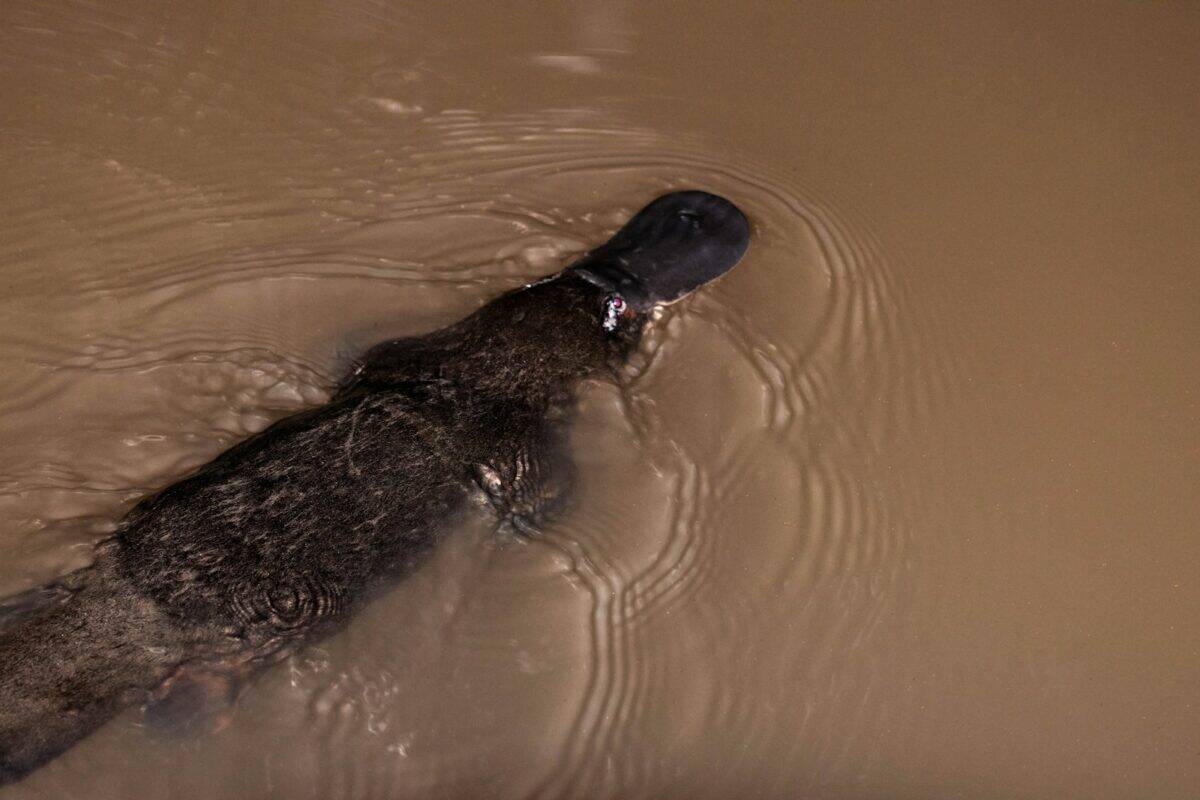
The platypus (Ornithorhynchus anatinus) has long been considered one of nature’s most peculiar creatures with its duck-like bill, beaver-like tail, and ability to lay eggs despite being a mammal. However, what continues to surprise researchers is the platypus’s extraordinary sensory capabilities. When hunting underwater, platypuses close their eyes, ears, and nostrils completely, yet can navigate and locate prey with remarkable precision. This is because their bill contains thousands of specialized receptors that can detect both mechanical stimuli and, more surprisingly, electrical fields generated by the muscular contractions of prey animals. This electroreception ability was previously known only in certain fish and amphibians, making the platypus the only mammal with this sense until the echidna was later found to share this trait. Recent genetic studies have revealed that platypuses repurposed existing pain receptors during evolution to develop this electrosensing ability. Additionally, male platypuses possess venomous spurs on their hind legs—another feature highly unusual for mammals. The venom, which causes excruciating pain resistant to morphine, contains unique peptides that continue to be studied for novel pain management applications in medicine.
5. Cordyceps The Mind-Controlling Fungus
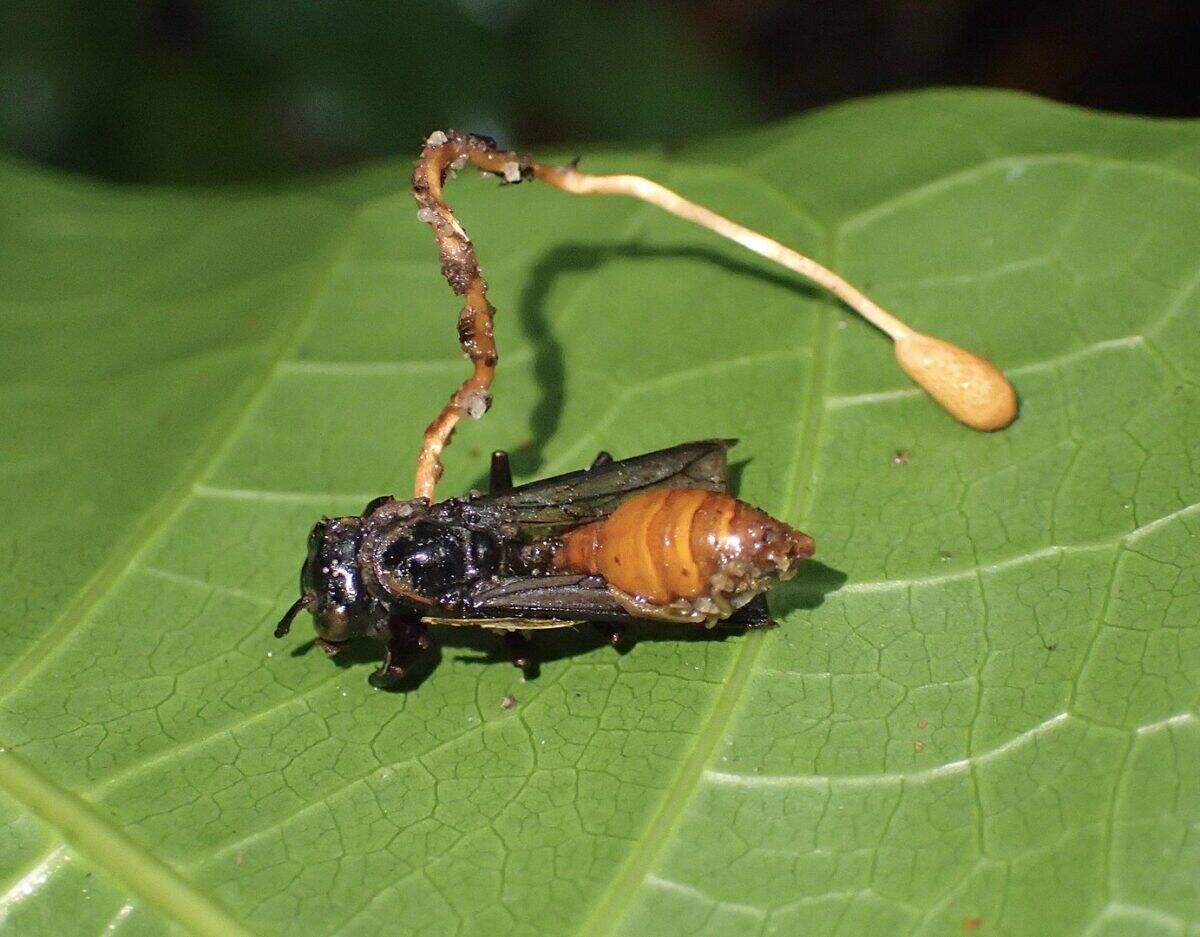
Cordyceps fungi represent some of the most astonishing parasitic organisms on Earth, employing sophisticated mechanisms to control the behavior of their insect hosts. Over 400 species of Cordyceps exist, each typically specializing in a particular insect host. The most studied example, Ophiocordyceps unilateralis (commonly called the “zombie ant fungus”), infects carpenter ants with spores that penetrate the exoskeleton. Once inside, the fungus gradually spreads throughout the ant’s body and eventually reaches the brain. What happens next has consistently amazed mycologists and entomologists: the fungus chemically manipulates the ant’s behavior, compelling it to abandon its colony and climb to an elevated position with specific temperature and humidity conditions ideal for fungal growth. The ant then bites down on a leaf or twig with its mandibles in what researchers call the “death grip” before dying. From the dead ant’s head, a fungal stalk emerges and releases spores to infect more ants. Recent research using advanced scanning and artificial intelligence has revealed that the fungus doesn’t directly invade the ant’s brain but instead forms a complex network throughout the body that produces behavior-altering compounds. Scientists continue to study these mechanisms for insights into biological control systems and potentially novel pharmacological compounds.
4. Lyrebirds Nature’s Ultimate Sound Mimics
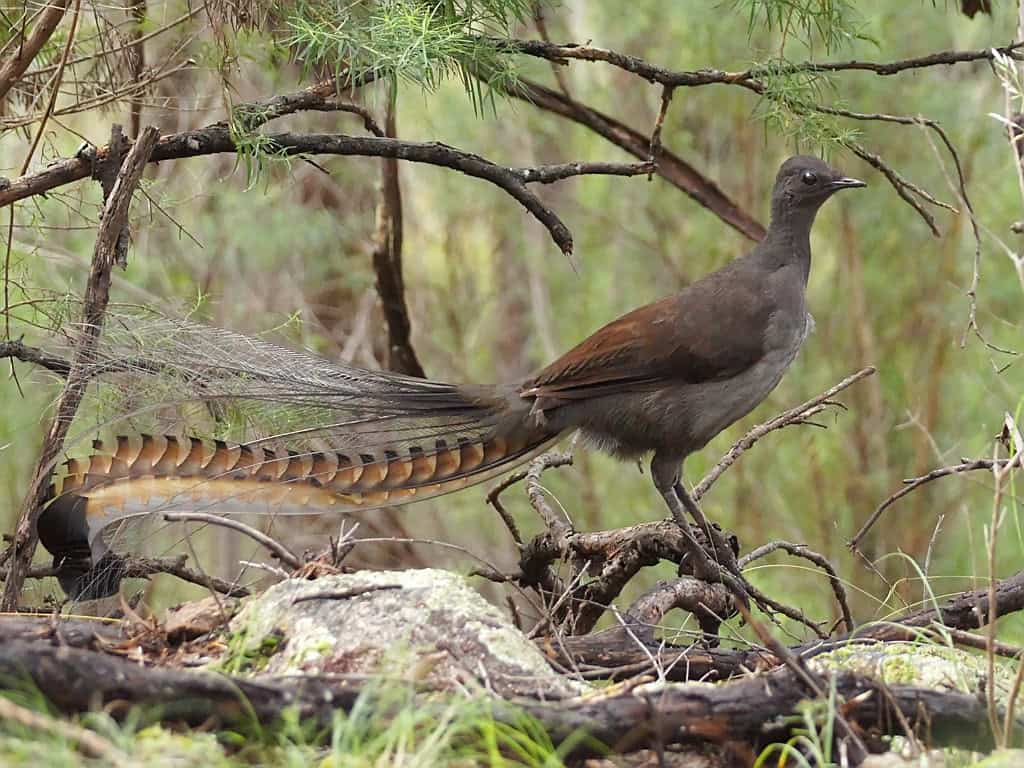
The Australian lyrebird (particularly the superb lyrebird, Menura novaehollandiae) possesses what may be the most sophisticated vocal mimicry abilities in the animal kingdom—capabilities that continue to astonish ornithologists and bioacoustics researchers. These ground-dwelling birds can reproduce with stunning accuracy virtually any sound they hear in their environment, including the calls of up to 20 different species of birds—complete with regional dialects. Even more remarkably, lyrebirds can mimic artificial sounds with precision, including camera shutters, car alarms, chainsaws, construction equipment, and even human speech. A 2021 study revealed that lyrebirds begin practicing mimicry while still in the egg, challenging previous understanding of avian learning. The structural complexity of the lyrebird’s syrinx (vocal organ) remains unprecedented among songbirds, with specialized muscles that allow for extraordinary control and sound production. What particularly interests researchers is the lyrebird’s neural architecture that permits both exceptional memory for sounds and the physical coordination to reproduce them accurately. These birds demonstrate vocal learning capabilities that rival those of humans and certain marine mammals, presenting an exceptional case study in convergent evolution of complex communication systems.
3. The Pistol Shrimp’s Sonic Weapon

The pistol shrimp (family Alpheidae) possesses one asymmetrically oversized claw that serves not as a traditional pincer but as a biological sonic weapon that continues to challenge our understanding of underwater physics. When the shrimp rapidly closes this specialized claw, it creates a cavitation bubble that travels at speeds of up to 100 km/h (62 mph) and generates a sound reaching 218 decibels—louder than a gunshot and one of the loudest sounds produced by any animal on Earth. The collapsing bubble also momentarily creates temperatures of nearly 4,400°C (8,000°F), approaching the temperature of the sun’s surface. This phenomenon produces a small flash of light (sonoluminescence) and a shockwave capable of stunning or killing small prey. What particularly astonishes marine biologists is that colonies of snapping shrimp can create such persistent noise that they can interfere with submarine sonar and underwater communication systems. Recent research using high-speed cameras and specialized sensors has revealed that the shrimp have evolved specialized “shock absorbers” in their claws to withstand the tremendous forces generated by their own snap. Engineers study these shrimp for applications in underwater communication, materials science, and even potential medical applications like targeted cell disruption for treatments.
2. The Axolotl’s Extraordinary Regenerative Powers

The axolotl (Ambystoma mexicanum), a critically endangered salamander native to Lake Xochimilco in Mexico City, possesses regenerative capabilities that continue to defy conventional biological understanding. Unlike most vertebrates, axolotls can regenerate entire complex body parts with no scarring, including limbs, tail, spinal cord, brain, heart, and parts of their eyes and respiratory organs. Perhaps most remarkably, they can rebuild their hearts even after significant damage—up to 20% of the heart can be removed and will completely regenerate within weeks. What particularly distinguishes axolotl regeneration from wound healing in other animals is that they can perfectly reconstruct the architecture of complex tissues, maintaining proper spatial organization and functionality. Recent genetic research has revealed that axolotls achieve this through a unique process where cells at the injury site temporarily revert to a stem-cell-like state (dedifferentiation) before redeveloping into the appropriate tissue types. Additionally, axolotls exhibit neoteny—retaining juvenile characteristics throughout adulthood—which appears connected to their regenerative capabilities. Scientists studying axolotl genomics (their genome is ten times larger than the human genome) have identified several genes absent in humans that may contribute to their regenerative abilities, offering potential pathways for regenerative medicine applications.
1. The Japanese Pufferfish’s Underwater Art

Male Japanese pufferfish (particularly Torquigener albomaculosus) create what might be the most extraordinary artistic structures in the animal kingdom—geometric patterns on the seafloor that have continuously amazed marine biologists since their discovery. These small fish (about 12 cm long) spend 7-9 days constructing large, intricate circular patterns measuring up to 2 meters in diameter by swimming tirelessly and using their fins to carve furrows in the sand. The resulting structure resembles a complex mandala with radiating ridges, peaks, and valleys, decorated with carefully selected shell fragments and stones. What makes this behavior particularly remarkable is the mathematical precision involved—the circles maintain near-perfect geometric symmetry despite being created without any comprehensive overview of the structure. The purpose of these “underwater crop circles” remained mysterious until researchers discovered they serve as both courtship displays and specialized nesting sites. The intricate ridges create complex water flow patterns that trap fine sand particles in the center, creating an ideal egg chamber. After a female selects a male based on his construction.
Conclusion:

From jellyfish that seemingly defy death to tiny beetles capable of internal chemical explosions, these extraordinary creatures reveal just how complex, surprising, and inventive evolution can be. Each animal or organism profiled in this article breaks the mold of what we expect from nature—whether through regeneration, mimicry, extreme survival, or mind control. These discoveries remind us that even in a world increasingly mapped by science, mystery and wonder persist in every corner of the biosphere. They also challenge us to look more closely, to question what we think we know, and to continue exploring the vast, dynamic systems that shape life on Earth. As science pushes forward, these fascinating organisms not only expand our understanding of biology but may also hold the keys to breakthroughs in medicine, engineering, and environmental resilience. In the grand narrative of life, nature is the ultimate innovator—and we are only beginning to read the finer print.
- 13 Most Aggressive Mammals in the Wild - August 24, 2025
- 10 Behaviors That Keep Eagles Healthy And 3 That Shorten Lifespan - August 24, 2025
- 13 Wildest Animal Migration Journeys - August 24, 2025

